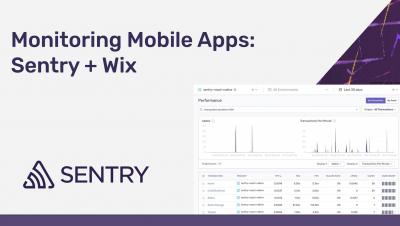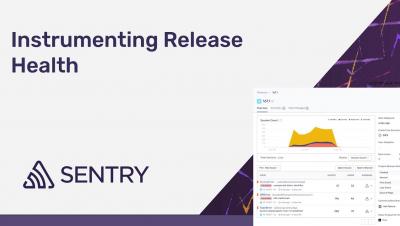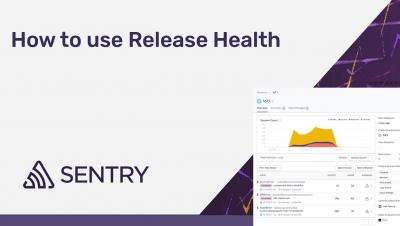A Sanity Listicle for Mobile Developers
Just like that Mobile March Madness 2021 is almost in our rearview. Before we look to April, let’s recap some of our most notable mobile updates from this past month with a few tips on how to solve what matters faster and a sneak peek of what’s coming next. That’s right. We’re constantly improving our mobile monitoring solution independent of our alliteration-based marketing campaigns.










